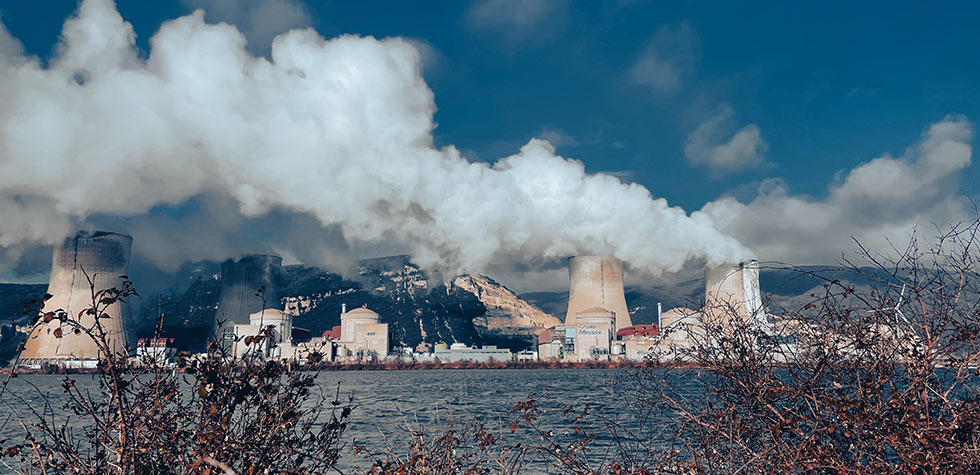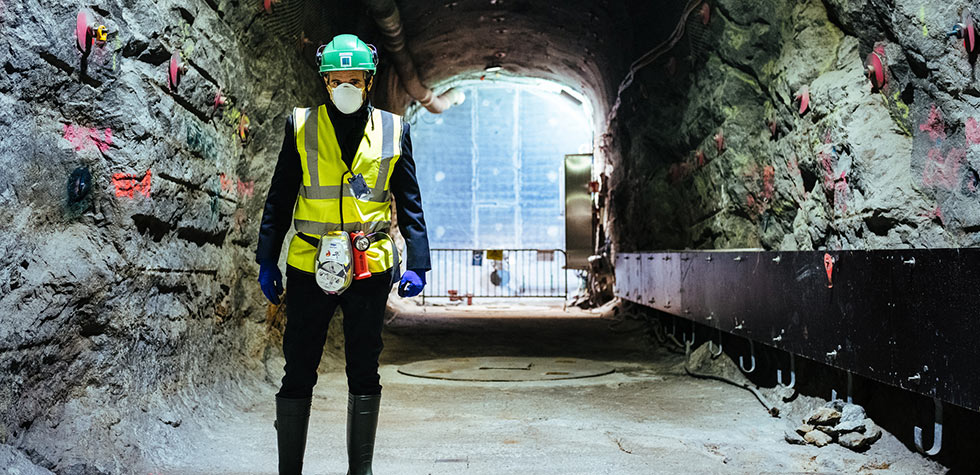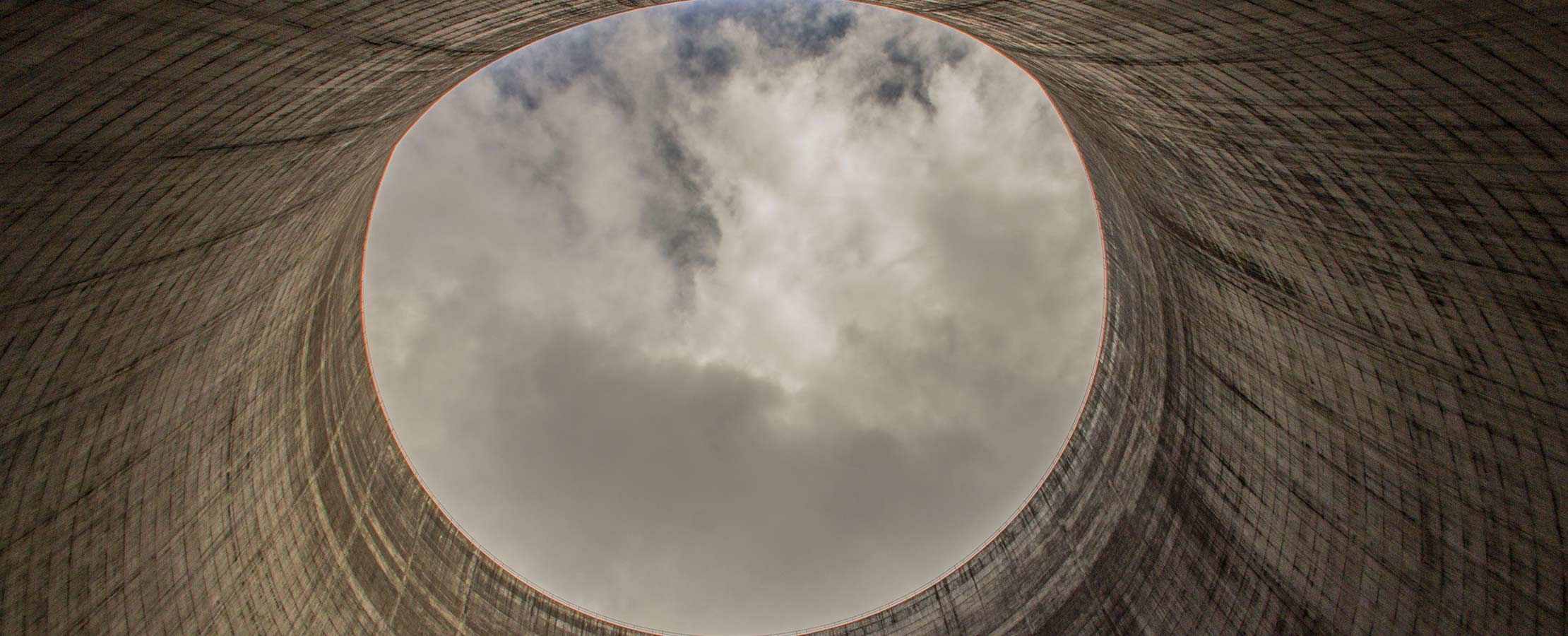Nuclear Energy is Becoming Safer and More Efficient. Here's How
To fulfil its role in the future energy mix, nuclear needs to be safer and cheaper. Here are some of the areas where scientists and engineers are innovating.
Nuclear power could have a critical role to play in the energy transition as a reliable, low-carbon source to help stabilize grids dominated by intermittent renewables. The latest IPCC report includes nuclear in its mitigation pathways. However, in countries like the US and UK, nuclear programs have struggled with delays, high upfront costs and regulatory tangles.
Here are four innovations that could help revolutionize the sector.
1. Advanced reactor designs
The next generation of nuclear reactors, known as Generation IV or Advanced Modular Reactors, aim to operate at higher temperatures, and at smaller scale.

The latter is particularly important – nuclear plants can rank among the largest and most expensive infrastructure projects, with vast upfront costs that discourage investors. There is much excitement about small modular reactors (SMRs): smaller reactors whose parts can be manufactured in factories, shipped for on-site assembly, and then operated with greater flexibility than traditional reactors. Companies including Urenco, NuScale Power, and Rolls-Royce SMR are working on SMR concepts, and the UK government is poised to invest £210m in SMR development. Smaller yet is the ‘microreactor’ concept: mobile reactors with capacity of up to 10MW, suitable for supporting remote communities.
As well as miniaturizing reactors, engineers are working on reactors that can be run safely at higher temperatures and lower pressures with alternative coolants to water, such as molten salt, inert gas or liquid metals. This allows for lower construction and design costs, as the components are not subject to such extreme pressures. Bill Gates-backed TerraPower recently agreed to build a prototype molten salt reactor at Idaho National Laboratory.
2. Smarter manufacturing
It is hoped that costs could be cut significantly by making design and construction of nuclear power stations more efficient – such as by encouraging companies to collaborate on developing a smaller number of reliable, effective designs.
Working with a smaller number of reactor designs could streamline manufacturing, particularly when combined with emerging manufacturing technologies like assembly drones, the internet of things (IoT) and 3D printing. The US Department of Energy is supporting a project by BMX Technologies and Oak Ridge National Laboratory to develop nuclear components using 3D printing, in the hope that this could allow for rapid prototyping and testing, and domestic manufacturing.
3. Future fuels
Engineers around the world are working on safer and more efficient nuclear fuels fit for the next generation of reactors, with a particular focus on smaller reactors.
Existing reactors run on enriched uranium so that up to five percent of the fuel is fissile uranium-235, while the newer high-assay, low-enriched uranium (HALEU) fuel is enriched between five and 20 percent. The higher concentration of uranium-235 could provide more power per unit volume, longer reactor core life and better fuel utilization. The US is among the countries working to establish supplies of HALEU, with Idaho National Laboratory set to produce HALEU for upcoming reactor demonstrations.
4. Tackling the waste issue
Much opposition to nuclear power is focused on nuclear waste, which can remain radioactive for thousands of years. At present, the vast majority is contained within storage facilities at or near ground level. There is consensus that more secure, long-term storage solutions must be found – most likely deep geological disposal facilities. These storage facilities house hazardous waste behind multiple artificial and natural barriers. For instance, waste could be sealed in glass, cement and up to 1km of rock.

A geological disposal facility being constructed in Onkalo, Finland, is expected to begin operating in 2024. It is expected to be able to accept a century’s worth of nuclear waste, after which it will be sealed for long term storage.






